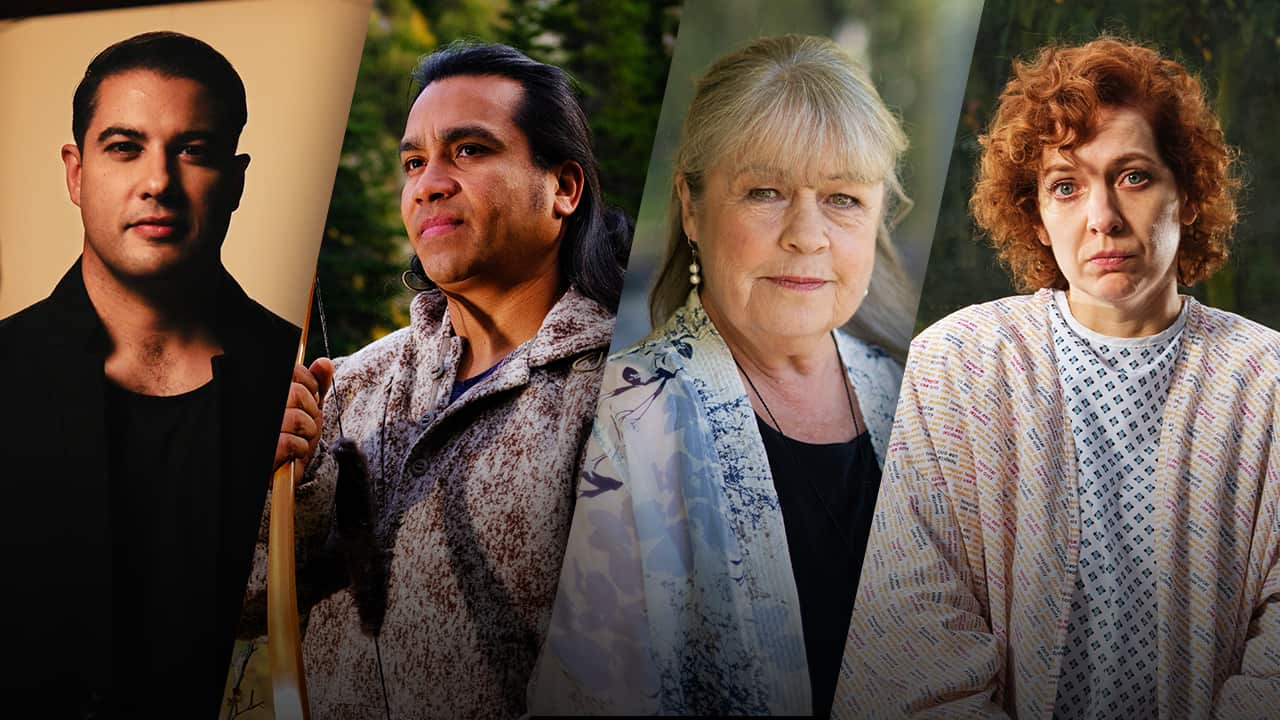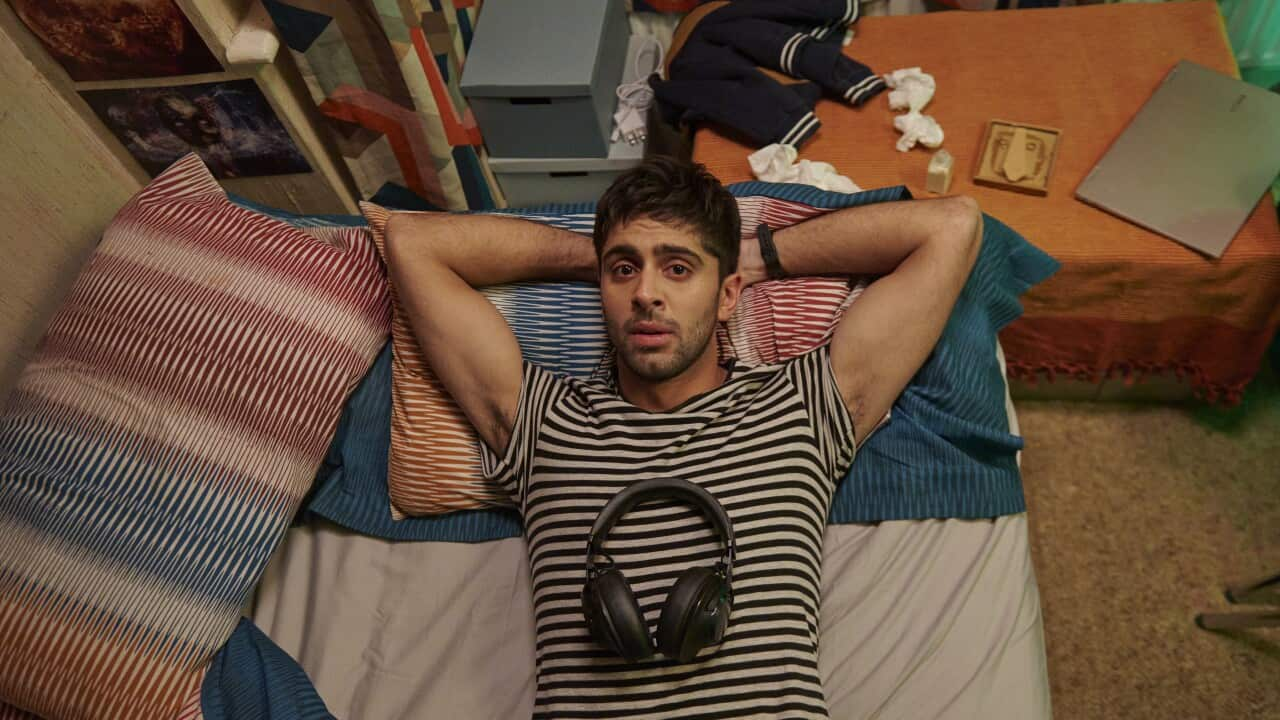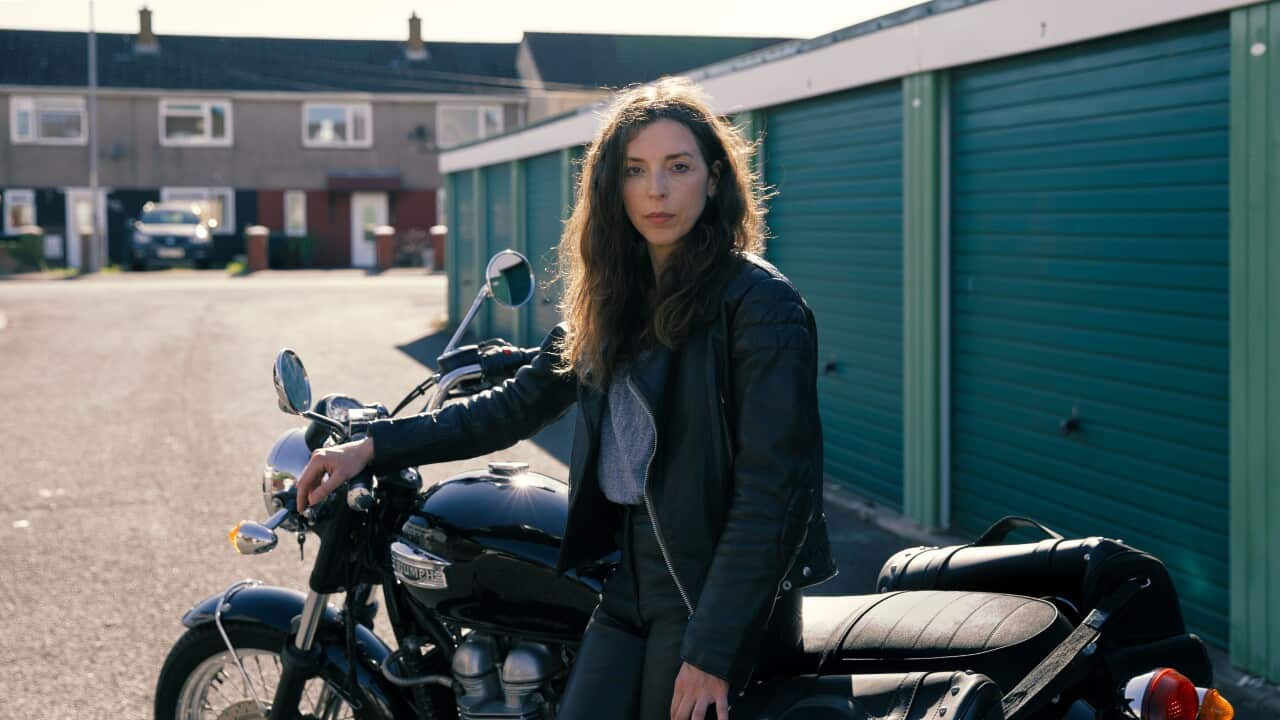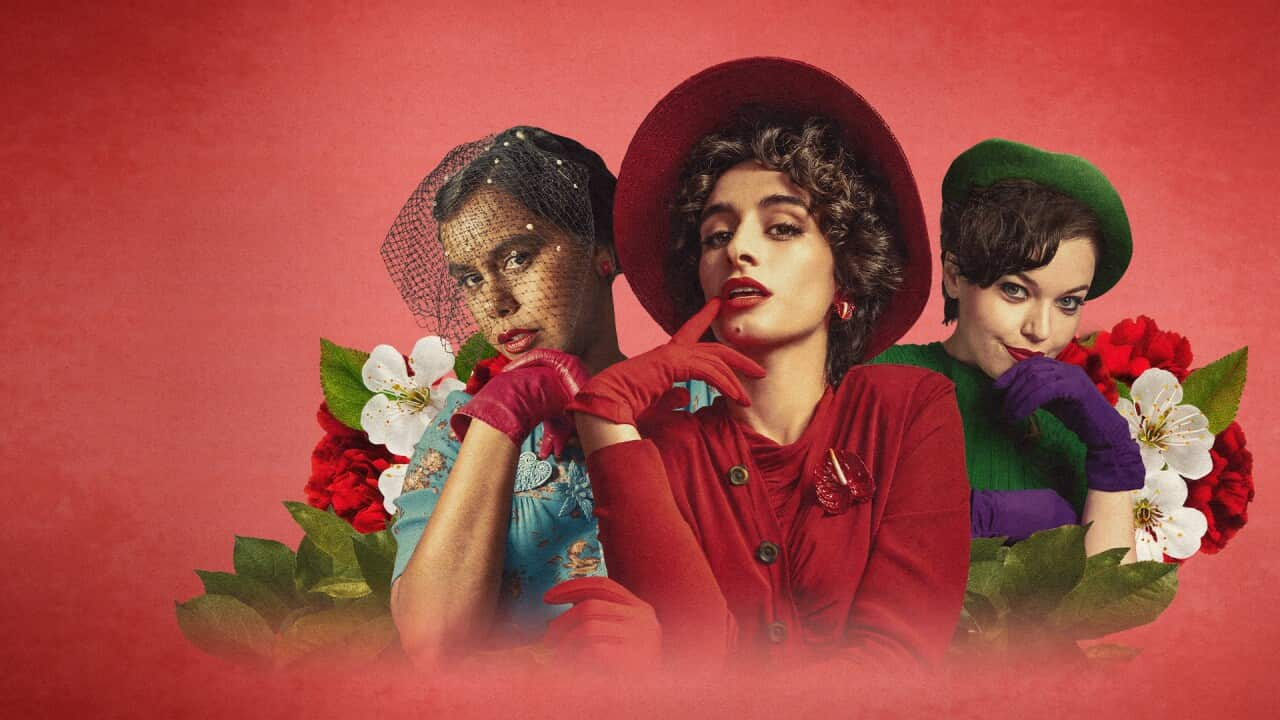Norwegian four-part drama The Architect envisions a scenario in the near future where Julie (Eili Harboe), a young, aspiring architect, solves the housing crisis with a plan for a high-density new complex in Oslo. The catch? The development is ideally suited for the underground carpark where Julie – an unpaid intern – is living.
The acclaimed series is directed by Kerren Lumer-Klabbers, who co-wrote The Architect with Nora Landsrød and Kristian Kilde. The trio have crafted a dark, humour-laced world in which government figures, developers, housing advocates – and Julie, herself – overlook the genuine needs of human beings in favour of an idyllic, profit-making plan.

Julie (Eili Harboe) faces difficult choices. Credit: Lillian Julsvik / Viaplay
Lumer-Klabbers says, “When it comes to Julie, I can relate to the fact that she’ll do anything to succeed as an architect. For me, being a director is my identity and not just my job. I’ve let friends and family down to pursue my career, and to be honest, I’ll probably have an even worse work-life balance in the future.”
She adds, “I have to remind myself not to dive so far into my work that I lose connection with the people around me. We have to take care of those relationships.”
Lumer-Klabbers arrived at The Architect with a wealth of acclaim. The 31-year-old received a Nordic Talents Special Mention for her project Woman Walking and her graduation film Papapa garnered a Student Oscar selection that drew attention from Nordisk Film.

Director Kerren Lumer-Klabbers. Credit: Viaplay
In a futuristic city, Julie often has to engage with automated, AI-driven technology rather than humans. She faces robots when applying for a home loan, ordering food, and even receives a birthday present from her mother via a drone. The palette for most of the scenes, including the workplace and city environments, is a washed-out spectrum of blues and greys. It contrasts with the warmer colours that emerge in Julie’s new underground home, where she is gradually – though reluctantly – forming friendships.

'The Architect' uses unusual locations and a moody palette to great effect. Credit: Viaplay
Lumer-Klabbers explains, “We wanted to make the world that surrounded Julie very cold and hostile in an exaggeration of what would happen if capitalism directed our decision making as a society, and housing prices rose even more. In the future, we imagined that it would be even more alienating to live in a big city than it is now. We used hard, cold materials: mostly glass, stone and concrete, and we took out the greenery. We wanted the warm colours to be present in the basement where Julie’s friendships are taking place.”
The series was created on a tight budget, Lumer-Klabbers says, but without an excess of resources, her team had to work very closely on formulating ideas. Thinking out of the box meant they could get creative, experimental and exploratory with their use of sets, design, lighting and colour. To the creators’ enormous credit, it looks luxurious. It is elegant and concise in its melancholic landscape, with characters who express volumes with their silences or brief, pointed conversations.
When Julie learns of a competition to design a housing complex, she immediately identifies an avenue to both kickstart her paid architecture career and to compete with her ex-boyfriend, who is also her new, paid colleague Marcus (Fredrik Stenberg Ditlev-Simonsen).
She proposes a huge new residential project that would transform unused underground parking lots into thousand-residence apartment blocks. They may have no windows and no natural light, and they may be tiny and cramped, but they’d solve the housing crisis. But, of course, Julie is living in a curtained-off parking lot herself, so if her project is successful, it will threaten the homes of everyone she has come to befriend.

How will the choices Julie (Eili Harboe) makes impact the friendships she's making? Credit: Viaplay
“Characters are like humans, they’re lazy and they won’t evolve unless they’re in tough situations," says Lumer-Klabbers. “Which is why Marcus is Julie’s ex-boyfriend and her competition at work, and his luck really contrasts with Julie’s. He’s viewed as a rising star, who perhaps realises that he hasn’t really earned it. All these characters have flaws and with some pressure, those flaws emerge into daylight.”
Daylight is absent from Julie’s underground home, but it fills Marcus’s new apartment. After his wife’s former employer paid her a large sum for suffering a traumatic knife attack while at work, the couple could afford to buy an apartment. During a brief, awkward visit, Julie scoffs that not everyone should have to be attacked with a knife to afford a home.
Though it seems absurd that a young woman might live in a carpark, Julie’s fictional story mirrors the tragi-comedy reality that writer Norda Landsrød and her boyfriend faced when they were seeking to buy an apartment.
“The reason that the scriptwriters came up with this idea is because when Nora graduated from film school and tried to find a place to live, all she could afford was a parking lot space,” says Lumer-Klabbers. “That kicked off the idea for this series. In Scandinavia, we have a great social system but there’s a widening gap between the rich and the poor. If you can buy an apartment or a house it accumulates in value so that you can buy another and another, but if you don’t get on that train, you’ll lose out forever.”
Julie is eminently relatable – both a victim of the housing crisis and a woman who is willing to manipulate the system to benefit herself, even at the cost of others and her integrity. She is simultaneously both pitiable and deplorable. (And if she looks familiar, you might have seen Eili Harboe as Princess Kristen in the Ash Lad trilogy of children's films).

Space is at a premium in 'The Architect'. Credit: Viaplay
Lumer-Klabbers' confidence in human morality and our individual obligation to make conscientious choices ripples to the surface time and time again as Julie is confronted with choices that mean sacrificing her own needs or those of people without agency to battle for themselves. It’s a question of giving in to fear and ego or being courageous. Lumer-Klabbers relates to this as a director.
“In the creative process, you cannot use fear to make decisions. We were allowed to play and to make decisions based on passion, with the freedom to explore and experiment. Viaplay had confidence in us. We wanted to create something original rather than tell the same story or rehash and remake things.”








